Post Installation of Beaver Dam Analogues on Streams in Southern Idaho
Benjamin Gage, Haley Neill, Marlisa Sass, Amy Whittington, Dr. Emily Wakild

Introduction
The purpose of our undergraduate research project was to investigate the impacts of beaver dam analogues (BDAs) on invasive plant succession in Southern Idaho. BDAs are a tool utilized in riparian and wetland restoration by physically altering stream hydrology. Depending on the characteristics of the area, restored areas have the potential of being colonized by invasive terrestrial and aquatic plants. The displacement of native species and a shift towards an invasive population can have many negative effects in relation to restoration goals.
Treatment/Budget
- Federally, ~$1.3 billion spent on invasive species management (USDA)
- In Idaho, there is an estimated cost exceeding $10 million per year.
- $136,803 in federal grants to USDA Region 4 for noxious weed management.
- Land management agencies such as Idaho Fish and Wildlife retain discretion to implement their own invasive management plan
- Effective invasive management requires yearly follow up treatments, while specific applications vary.
- Idaho has 67 weed species and 4 genera designated noxious by state law – 51 of these species are terrestrial.
Research Results for Common Species
Eurasian Milfoil
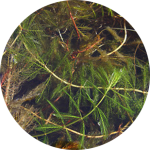
Eurasian milfoil is a submerged aquatic plant found in Southern Idaho waterways. Due to its dense growth, milfoil colonies block out sunlight creating an aquatic ecosystem that can no longer support fish or plants. Obstruction of water flow and the lack of a healthy food web are major contributors of riparian species degradation.
Cheatgrass
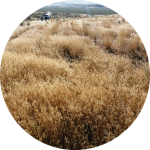
Throughout Southern Idaho, the invasive Cheatgrass can be found in disturbed water areas. The grass expands quickly in these areas by outcompeting native species with prolific seed production. Once the grass has established itself, Sage Grouse habitats are jeopardized and an increased threat of rangefires exist.
Russian Olive
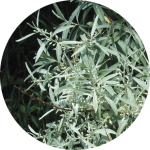
The Russian olive is an introduced invasive plant species to Southern Idaho. It displaces and chokes-out native riparian vegetation found along floodplains and riverbanks. The olive is a water thirsty plant that often lowers surrounding water tables due to its oppressive encroachment.
Juniper
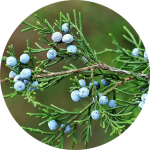
Western juniper is native to Idaho’s higher elevations however in recent years, an invasive-like population bloom has encroached on many Southern Idaho riparian areas and meadows. Juniper tree is out-competing sage brush and other shrubs that are ideal for Sage Grouse habitats.
Reed Canary Grass
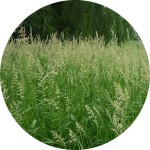
Reed canary grass was originally introduced throughout North America as a bank stabilizer and form of erosion control. In Southern Idaho, expansive monocultures of this invasive plant hinder water flows, which leads to siltation and degradation of habitat for native animal and plant species. Once established, it is very difficult to eradicate.
Conclusion
Overall, BDAs will raise water tables in restoration areas where they are installed.
Increased water table has two effects, BDA installation can improve species richness and create more habitable area as represented in Figure 1.
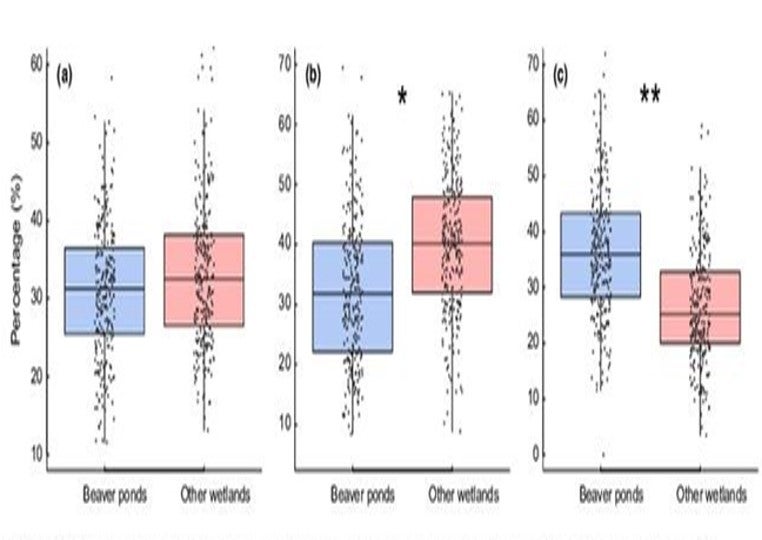
In relation to management:
- Each land management agency designates its own invasive management budget.
- Invasive plant species seem to be left unmanaged unless posing a risk towards the flourishing of another perceptively more important or endangered species.
- Little established research existed in relation to BDA restorations and invasive vegetation.
Additional Information
For questions or comments about this research, contact Haley Neill at haleyneill@u.boisestate.edu.